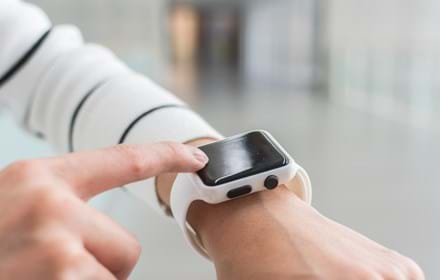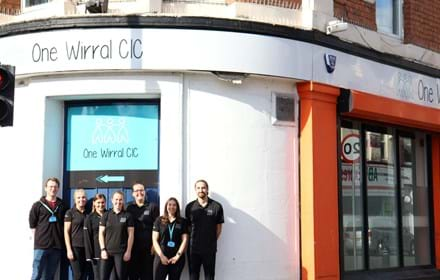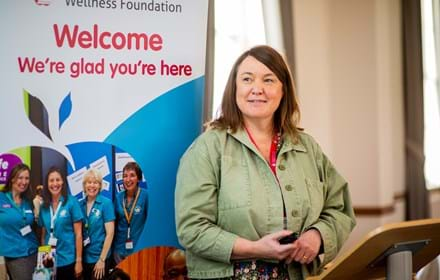
Walkers and cyclists to be priority in road upgrading plans in bid to promote physical activity and avert type 2 diabetes crisis
NICE proposals for new and upgraded roads aim to encourage convenient and safe active travel.
When new roads are built or upgraded pedestrians, cyclists and those who use public transport should be given priority in a bid to boost physical activity and reduce health complications like type 2 diabetes – according to new proposals from NICE.
NICE said their proposals were designed to make lifestyle change easier for people at a time when the NHS faces a crisis over new cases of type 2 diabetes being diagnosed.
Recently published draft proposals encouraging physical activity within the general population recommend that road planners should develop policies and initiatives to ensure that safe, convenient and inclusive access transport options are available for pedestrians, cyclists, and people who use public transport.
These needs should be prioritised over motorised transports (cars, motorbikes and mopeds, for example), according to the proposals.
NICE said the aim of the proposals was to encourage people to be more active in their day-to-day lives by promoting and providing safe, convenient, active travel that is accessible for everyone, including older people and people with limited mobility.
Also recommended for inclusion to make road plans accessible for all are tactile paving and even surfaces for those with limited mobility, and non-reflective, anti-glare paving surfaces for people with visual impairments.
Professor Gillian Leng, deputy chief executive and director of health and social care at NICE, said: “Getting people to be more physically active by increasing the amount they walk or cycle has the potential to benefit both the individual and the health system."
Joe Irvin, CEO of Living Streets, the UK charity for everyday walking, said: “For decades our towns and cities have been built to prioritise motor vehicles; resulting in unhealthy air, congested roads and a decline in people walking everyday journeys.
“The better planning that NICE is suggesting is absolutely necessary. Those who are the most vulnerable – children and older people - are currently suffering the most from bad air, unhealthy lifestyles and social isolation.
“It’s time that towns and cities were built for everyone – first and foremost for those on foot. Placing key services like schools, GP surgeries and bus stops within walking distance is vital. More people getting out and walking everyday journeys, such as to work or school, will make us a healthier country.”
According to recent figures from NHS Digital 26% of adults were classified as obese in 2016. This was a 15% increased from 1993, although it has remained at a similar level since 2010.
Physical inactivity is responsible for one in six UK deaths (equal to smoking) and is estimated to cost the UK £7.4 billion annually (including £0.9 billion to the NHS alone).
A consultation has now begun on the quality statements in the documents and commissioners, service providers, health and public health practitioners and the public have until 1st February to have their say.
NICE physical activity guidance
Read the DRWF leaflet Exercise and diabetes
Recent News


